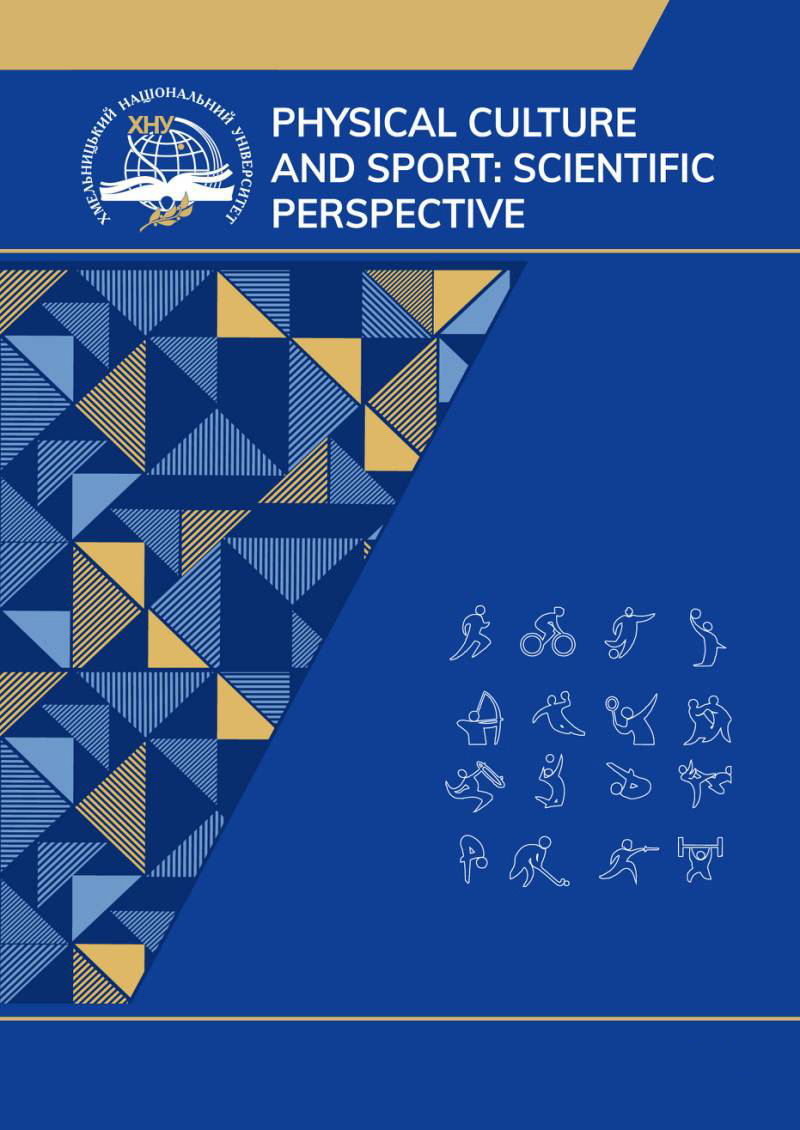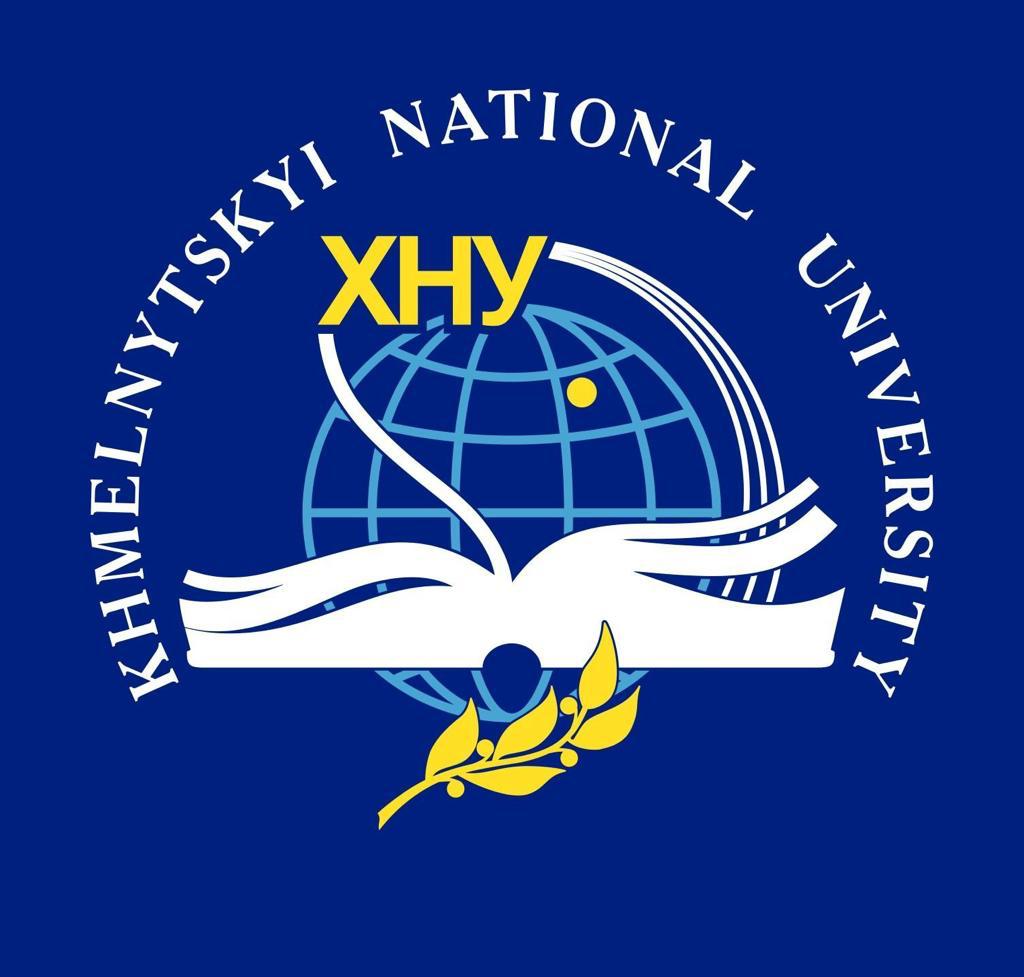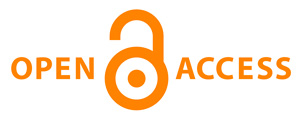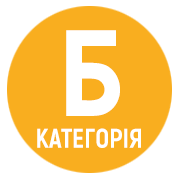FORMATION OF A POSITIVE ATTITUDE OF HIGH SCHOOL STUDENTS TO PHYSICAL EDUCATION
DOI:
https://doi.org/10.31891/pcs.2024.4.14Keywords:
schoolchildren, survey, physical education, activities, motivationAbstract
The program of physical education of schoolchildren provides for various forms of organizing classes aimed at compensating for the lack of physical activity that occurs in the conditions of an intensive general education process. The purpose of the study is to develop and test the effectiveness of methods and means of forming a positive attitude of high school students to physical education. Participants: The participants are 11th grade students in the amount of 26 people (14 girls, 12 boys) of the Municipal Institution “Kharkiv Lyceum № 169 of the Kharkiv City”. The experiment lasted 9 weeks from March to May 2024. At the beginning and end of the experiment, an interactive survey was conducted using a Google form. Research methods: theoretical analysis and synthesis of scientific literature, questionnaire method, methods of mathematical statistics: the results of the questionnaire were compared using the connectivity tables. Results: an experimental program combining regular physical education lessons with various activities was implemented to interest and engage schoolchildren in physical activity. One of the 3 physical education lessons of the study group was devoted to an event, namely the “10 thousand steps” challenge, the “TikTok Sport Challenge”, lectures on healthy lifestyles and Olympic Ukraine, an online press conference with prominent athletes, online conferences “My favorite sport”, and “Self-government Day”. It was found that the results of positive answers to the questionnaire have a significantly higher rate after the experiment (p<0.05; p<0.01). Conclusions: The effectiveness of using a set of online and offline activities has been shown, which contributed to increasing students' interest in classes, developing their motivation for physical activity, expanding knowledge about a healthy lifestyle, forming a positive emotional attitude to sports, as well as improving physical fitness and social skills.
References
Bezverkhnia H. V., Tsybulska V. V., Honchar H. I. Motyvatsiia do zaniat fizychnoiu kulturoiu i sportom shkoliariv ta studentiv. Monohrafiia. Uman, VPTs «Vizavi», 2016, 234 s.
Oleksiienko Ya. I. Formuvannia motyvatsii do zaniat fizychnoiu kulturoiu u shkoliariv – zaporuka zmitsnennia yikhnoho zdorovia. 2018, S.1-3. https://www.pdau.edu.ua/np/pdf2/5.pdf
Omelianenko O. Vykhovannia dystsyplinovanosti yak osnovy sportyvnoho trenuvannia uchniv. Vytoky pedahohichnoi maisternosti. 2015, Vypusk 16, S. 210-217.
Sobko I., Sobko Ya., Balamutova. N., Kurylo I. Formuvannia motyvatsii yunykh sportsmeniv do zaniat plavanniam u dystantsiinomu trenuvalnomu protsesi. Physical culture and sport: scientific perspective, 2024. №(3), S. 103–113. https://doi.org/10.31891/pcs.2024.3.17
Shalar O. H., Huzar V. M., Shalar O. H., Unhurian A. A., Berezhkov T.I. Vykhovannia dystsyplinovanosti pidlitkiv na urokakh fizychnoi kultury. XIV Mizhnar. nauk.-prakt. konf. «Aktualni problemy suchasnoi biolohii ta zdorovia liudyny»: zb. nauk. prats Mykolaiv, 2014. Vyp. 14. S. 23-26.
Shchyrba V.A. Problema formuvannia interesu ta motyvatsii do zaniat fizychnoiu kulturoiu starshykh shkoliariv. Teoriia ta metodyka fizychnoho vykhovannia. 2016. №1. S. 16-23.
Aksoy P. The Challenging Behaviors Faced by the Preschool Teachers in Their Classrooms, and the Strategies and Discipline Approaches Used against These Behaviors: The Sample of United States. Particip. Educ. Res. 2020, №7, С. 79–104.
Escartí A., & Gutiérrez M. Influence of the motivational climate in physical education on the intention to practice physical activity or sport. European Journal of Sport Science, 2020, №1(4), pp. 1–12. https://doi.org/10.1080/17461390100071406
Claver F., Martínez-Aranda L., Conejero M., Gil-Arias A. Motivation, Discipline, and Academic Performance in Physical Education: A Holistic Approach From Achievement Goal and Self-Determination Theories. Front. Psychol., Educational Psychology, 2020, pp. 11-18 https://doi.org/10.3389/fpsyg.2020.01808
Filatova Z., Prontenko K., Griban G., Medvedeva, I., Aloshyna, A., Bloshchynskyi I., Bezpaliy S., Bychuk O., Mudryk Z., Bychuk I., Radziyevsky V. Yevtushok M. Interrelation of Students’ Motivation for Physical Education and Their Physical Fitness Level. International Journal of Applied Exercise Physiology. 2020. Vol.8 №2.1, pp.896-900. Doi: 10.30472/ijaep.v8i2.1.566
Granero-Gallegos A., Baena-Extremera A., Bracho-Amador C., Pérez-Quero F.J. Metas sociales, clima motivacional, disciplina y actitud del alumno según el docente. Social Goals, Motivational Climate, Discipline and Attitudes of the Student According to Teacher. Revista Internacional de Medicina y Ciencias de la Actividad Física y el Deporte, 2016, 16 (64), pp. 649-666. http://dx.doi.org/10.15366/rimcafd2016.64.00
Johnson C.E. Erwin H.E., Kipp L., Beighle A. Student perceived motivational climate, enjoyment, and physical activity in middle school physical education. J. Teach. Phys. Educ. 2017, 36, 398–408.
Mandigo J. L., & Holt N. L. Putting theory into practice: How cognitive evaluation theory can help us motivate children in physi- cal activity environments. Journal of Physical Education, Recreation St Dance, 2010. №71(1), pp. 44-49.
Marchenko S., Ivashchenko O., Khudolii O., Lubchenkov R. Use of game tools in martial arts for endurance development. Pedagogy of Physical Culture and Sports, 2023, №27(6), pp. 494-502. https://doi.org/10.15561/26649837.2023.0608
Hassandra M., Goudas M., Chroni S. Examining factors associated with intrinsic motivation in physical education: a qualitative approach11This study was funded by a research grant from the Research Committee of the University of Thessaly, Psychology of Sport and Exercise, 2013, №4(3), pp. 211-223, https://doi.org/10.1016/S1469-0292(02)00006-7.
Leyton-Román M., José León J., Batista M., Jiménez-Castuera R. Predictive Model for Amotivation and Discipline in Physical Education Students Based on Teaching–Learning Styles. Sustainability. 2021, №13, pp. 187-194. https://dx.doi.org/10.3390/su13010187
Moreno J. A., Zomeño T. E., Marín L. M., Ruiz L. M., Cervelló E. Percepción de la utilidad e importancia de la EF según la motivación generada por el docente. Revista de Educación, 2013, 362 p.
Rama Kurniawan, Febrita Paulina Heynoek, Fajar Raya Ferdinal Kusuma Bakti, Cahyo Nugroho Sigit. Motivation in physical education for junior high school students: a gender perspective. Journal of Physical Education and Sport, 2022, №22 (12), Art 389, pp. 3072-3079.
Sobko I.M., Chucha Y.І., Podmaryova I.A., Nagovitsyna O.P., ZhuravlovaI.М.Application of the video-tutorial "Challenge for Referees" in sports training of young basketball referees for the game season. Health, Sport, Rehabilitation, 2021, 7(1), 42-53.https://hsr-journal.com/index.php/journal/article/view/30/23
Stéphanie Girard, Jérôme St-Amand and Roch Chouinard. Motivational Climate in Physical Education, Achievement Motivation, and Physical Activity: A Latent Interaction Model. Journal of Teaching in Physical Education. 2021, №38(4), pp. 305–315.
Downloads
Published
How to Cite
Issue
Section
License
Copyright (c) 2024 ІРИНА СОБКО , Ігор ГРИНЧЕНКО , Ірина ПОДМАРЬОВА , Євгеній ШИНКАРЕНКО

This work is licensed under a Creative Commons Attribution 4.0 International License.





